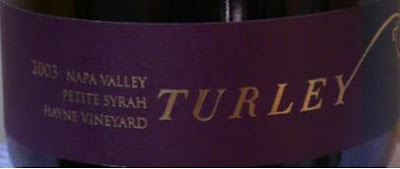Hormone: a definition
Hormones are defined as extracellular signaling molecules that act on target cells distant from their site of production.
Cytokinin and abscisic acid are the main root hormones.
- Cytokinin is the cell division hormone produced in the root tips.
- Absicisic acid is the dormancy hormone acts to keep the lateral root production in a dormant state under conditions of water stress or high nitrogen availability.
- Auxin stimulates cell division and is delivered from the shoot tips via the phloem. Shoot derived auxin can initiate lateral root growth.
- Gibberellins promotes cell elongation and differentiation upon stimulation by auxin in tissues with rapidly expanding cells.
As I walked along the western hedgerow of our Pinot Noir plot one summer I checked for phylloxera galls on the wild vines a dozen yards away. The galls can be found every year, but what stood out this time was the number of them. I looked closer and noticed something strange: many of the wild-grape leaves were deformed. Some were growing extremely long teeth, almost like long strands of green hair. Others mimicked a gingko leaf shape, with veins arrayed like fans.
I knew it was herbicide damage. There must have been 2,4-D drift from fields on the other side of our hedgerow, for the deformations were clear symptoms of the herbicide hitting new grape tissue.
1. The structure was found on Wikipedia: 2,4-dichlorophenoxyacetic acid
2. All structures were drawn by the freely available drawing program from ACD Labs called ACD/ChemSketch Freeware.
The information contained in this blogpost was exerpted from:
The Science of Grapevines Anatomy and Physiology, Markus Keller, 2010, Academic Press, pg. 20-47.
To see a larger representation of the structure, simply click on the image. To get back to the blogpost, click on the upper right hand "close x".










